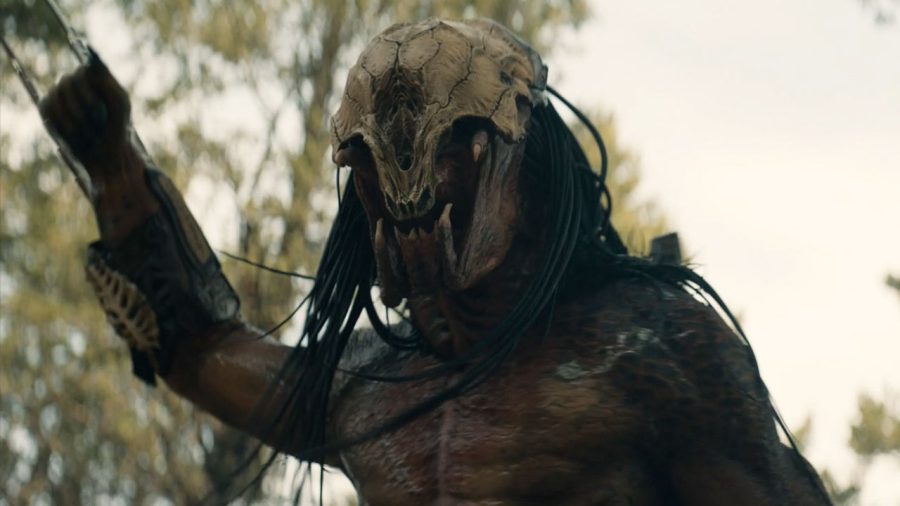“Prey” Review
A female protagonist? New life for an old franchise? “Prey,” a part of the “Predator” franchise, was recently released on Hulu. Due to recent controversy, “Prey” has become quite the talking point between lovers of sci-fi and the “Predator” franchise as a whole. The new addition truly brings new life to the franchise.
The protagonist, Naru, is played by Amber Midthunder. Midthunder absolutely blows this role out of the water. The character of Naru shows how it is not always the buff soldier who has to face the predator, but that through time many others have come in the way of the savage hunters.
This is an official spoiler warning.
“Prey” was a refreshing break from the mundane and copy-paste formula of many sci-fi films released in the past years. The film has many ‘calm’ moments and does not rely on the buildup of tension or fear to scare the audience or keep them hooked, but instead relies on the true hunter-hunted aspects of what the “Predator” franchise is really about.
Naru and her brother Taabe truly share a dynamic that makes the growth and development of Naru so much more satisfying. The way they work together to try and kill the Yautja warrior and avenge their fallen tribesmen becomes quite immersive.
Many of the anti-female fans of the “Predator Franchise” point out that in the first film trained mercenaries could not beat the predator, but Naru could. At face value, this criticism may seem plausible, but when actually taking into account all films in the “AVP” franchise, we see many females stand their ground against Predators and Xenomorphs. “Prey” is no exception.
Throughout the film, Naru showcases her abilities as a hunter, fighting a mountain lion. She commonly displays her skill with tools, a bow, and a tomahawk throughout the film. As with previous films, the main characters only win once they stop relying on technology and revert to traditional ingenuitive ways of hunting. This happens in “Prey” whenever Naru uses her tomahawk as a lasso and traps the predator into a mudpit. She also shows the ingenuity of the human mind when she kills the predator by using laser guided arrows from a helmet to trick the predator into shooting himself in the head.
The usage of the tribal setting also gives lore to how the Yautja have always come to Earth to hunt since the beginning of time. This worldbuilding not only opens more possibilities for future films in the newly reborn “Predator” franchise, but it also leads to Indigenous representation. Many fellow Native Americans or First Nations People, like myself, will enjoy and take pride in the film, representing a detailed look into the lives of our ancestors, even if only for brief moments of the film.
The film uses the language barrier of the Comanche as a way to further push the immersion of being a Comanche in the 1700s. The French speak their language only when a translator is brought to Naru. Throughout the film, there is also the usage of the actual language of the Comanche—an accurate depiction of Indigenous life.
Overall, “Prey” is a must see for enjoyers of classic sci-fi and horror films. It may not be as good as the original, but it is far better than “Predators” and “The Predator”. It is without a doubt an eight out of ten, and a must watch for those who want an exciting film night!













